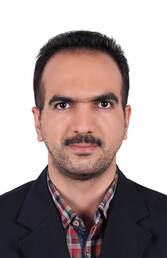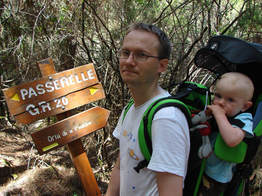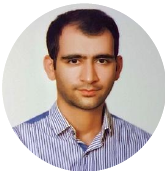Nicolaus Copernicus University
|
The Nicolaus Copernicus University's cold atoms group brings world class expertise in both experimental and theoretical atomic physics. The main areas of research cover ultra-cold and degenerate matter, Bose-Einstein condensation, quantum states engineering, ion traps, ultra-cold molecules, cavity ring-down spectroscopy, optical frequency combs and optical lattice atomic clocks. One of the key activities at NCU is the development and operation of a system of two optical lattice strontium atomic clocks at KL FAMO. Within iqClock the Torun group will collaborate with the Amsterdam, Vienna and Innsbruck groups to build a continuously operating superradiant frequency standard, operating on the Sr clock transition.
|
Team members
|
Michal Zawada is the Associate Professor in UMK and the PI of the ultra-cold matter experimental group in KL FAMO. His group, inter alia, designed and build the first Bose-Einstein condensate set-up, created the first ultra-cold molecules, and designed and build the first two Optical Lattice Clocks in Poland. His group reported the most accurate, at that time absolute, measurement of the 1S0 − 3P0 clock transition in neutral 88Sr made over the 330 km-long stabilized fibre optic link. In parallel, his group develops and operates the dual species HgRb magneto-optical trap. More recently, his group is focused on the study of positive detection of dark matter with the optical atomic clock, and on improving limits on the Higgs-portal coupling between dark scalars particles, topological defects and Standard Model matter. His group holds the 2017 Polish Ministry of Science’s Award.
Contact: [email protected] |

Mehrdad Zarei is working as ESR 7 and works on the development of new hardware for automatic control and re- locking of laser and cavities systems and adjustment of optics, as well as software for automatic scheduling of procedures that currently require human intervention.
Contact: [email protected]
Contact: [email protected]
|
Omid Vartehparvar is working as ESR 8 on the topic of 'moving from a superradiant laser to a frequency standard'.
Contact: [email protected] |




